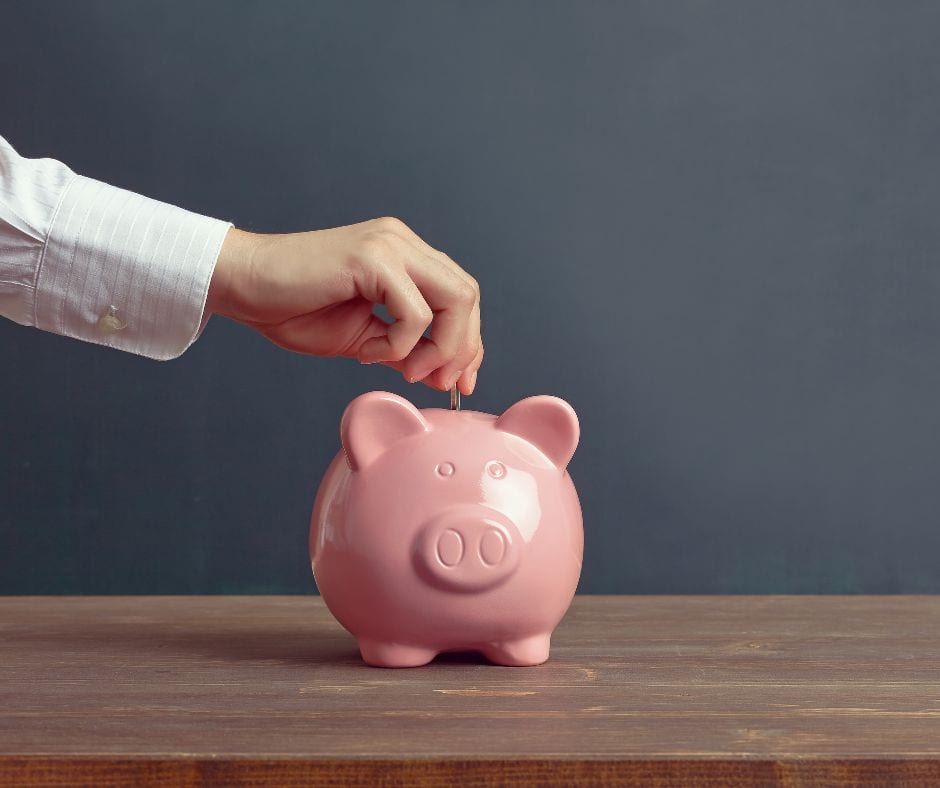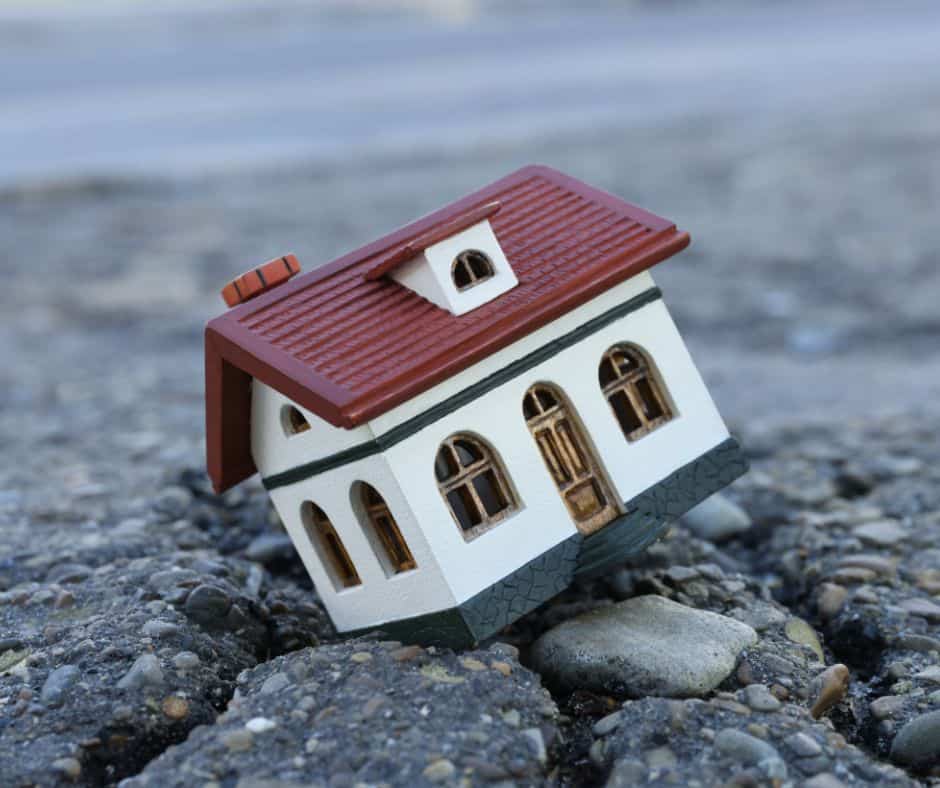The history of money, how this led to current rates of inflation and how to defeat it.

Blog By:
Jacob Ragan
Senior Investment Specialist Northern Property Partners
Introduction:
The safest place for your money is the bank. Or not! When you deposit your money into the bank, they lock it away in a great big vault guarded by security. On withdrawal, these armed guards safely remove your cash and deposit it into the cash machine ready for you to withdraw….. Or so you would like to believe.
Surely, these huge banks that have been around for many years and are backed by the government would be the safest place for your cash?
To understand why the money in your bank isn’t as secure as you think (when compared to investing in assets), we need to look at the journey of money in the first place.
A whistle-stop tour of money and the creation of banks, credit and debit
Caveat – this is a very simplified overview of what is a long history of how we have arrived at the monetary system we use today. Additional reading matter will be provided at the end.
In years gone by, people would barter for goods, exchanging one item for another e.g. maybe a bag of seeds for a cow. However, in terms of trading this proved inefficient, as it was difficult to attribute a value of every item to be able to swap the items in amount of equal value. For example, if we took a view of doing the same thing in modern times. How many pairs of trainers would be worth a 40″ plasma screen tv? It’s impossible to work this out without a lot of subjectivity to the intrinsic value of what these items are worth to both parties in the transaction. This is where gold and silver come in. This was one of the first most widely used stores of value, that allowed all items traded to be valued in relation to their price of gold or silver.
A precious metal like gold became the perfect item to be used as a currency for various reasons including:
- Labour intensive mining process in gathering gold limited the amount in circulation and could not be easily forged.
- Gold is easily weighed to get exact amounts, divisible into smaller units for trade.
- Gold purity levels can be tested
- Small amounts of gold are easily portable for trade
- Widely accepted by both sides of transactions
As a result, gold became the first widely accepted form of hard currency (currency with its own intrinsic value)

Where do blacksmiths come in?
As gold became more widely accepted, individuals would carry more amounts of gold. Keeping it under their mattress or carried around got more and more tricky. Long ago, Blacksmiths were trustworthy people and would use various types of metal in their work, not only that, they had huge vaults and safes that they would store metals in. As a result, individuals began to approach their local Blacksmith to save their gold in a vault. This was usually in return for a fee. The blacksmith would then issue a piece of paper to state the bearer of this note could redeem their gold at any point. Thus, the earliest banks were created.
Eventually, gold and silver were fashioned into coins for easy of transportation and consistency in value. When gold was deposited with the blacksmith, he would store the coins in his vault and issue a form of IOU note for the value of the deposit.
Once this became a widely accepted practice, it become easier for individual to trade the paper notes issued by blacksmiths as it was assumed they were backed up by an exact value of gold. This was the first paper money to be used and was asset backed by gold.
Eventually the blacksmiths went one step further. Realising that it was rare for depositors to come back and withdraw all their gold, they saw an opportunity to receive an interest payment if they lent this gold out to other individuals. Instead of lending out actual gold, the blacksmith would instead create a new paper IOU for a borrower based on the store of gold he had in his vault. The borrower would be charged interest. This meant, for the same amount of gold, the blacksmith would receive payment for holding the gold from the creditor and receive an interest payment from the debtor who has borrowed this same amount of gold. The blacksmith knew that all depositors were unlikely to come back and withdraw their gold all at once so he kept only a fraction of the gold he has lent out at an IOU paper note in his store. This was the start of two phenomonan’s we are familiar with today; fractional reserve banking and money creation.
In essence, the blacksmiths were able to increase the money supply 9 times by only keeping 10% of the gold value in their vaults. This created new money and as long as individuals traded the paper IOU’s and didn’t attempt to redeem their value in gold at once, the blacksmith would be earning and loaning to and from multiple sources.
Sound familiar?

Let's fast forward to the last 100 years
In 1931, due to economic strains, the UK came off the gold standard. This meant that banks no longer had to hold a certain reserve of gold to back up the currency being distributed as lending. The paper note and coins became legal tender and had to be accepted within the UK for payment of tax and goods. This rendered the intrinsic value of the currency worthless and only essential worth what the UK governments states it’s worth. This also meant that there were no constraints on new money being created by the BOA as there was no need for a physical asset to back up the currency. This led to the mass creation of money in the form of credit from the bank. This new money in circulation began to lead to inflation of goods and devalued the money supply. This is when the pound sterling began.
So, what does this mean to you today?
The graphs below show inflation in the UK since 1900 and also the price of gold/property compared to the pound throughout this period. Today we see a devaluation of the currency we are using to value the asset. As the value of the pound decreases, the amount of pounds needed to purchase assets increases. Therefore, holding a tangible asset such as gold or property would retain its value well in the longer term, especially through periods of high inflation.

House prices over the last 68 years (£)

Price of Gold vs Inflation over the last 20 years

I am an advocate of property and a property investor too. Let me explain why
BTL Property vs metals
Not only do you own bricks and mortar within the land, but you also earn a monthly income by renting. Why is this powerful?
- 10-20% returns additionally in cashflow on top of the appreciating property value
- A safety net on the asset should the market dip. If property prices reduce, you still earn 10 – 20% on your investment allowing you to ride out fluctuations in the market and only sell the property when it makes sense.
Gold and other metals rely on the appreciation of their value to generate returns, whereas property has two potential drivers for wealth that operate independently of each other.
Final Remarks
Property is not without risks but in a world where banks are able to create endless money and governments aim for inflation (BOE aim for 2% inflation a year) I know property is by far the safest bet you can make.
If you want your money to work harder for you, book a free call with one of our Investment Consultants today.
Book a Call
Resources and further reading:
- Where Does Money Come From?: A Guide to the UK Monetary & Banking System – by Josh Ryan-Collins, Tony Greenham, Richard Werner
- The Price of Money – How to Prosper in a Financial World That’s Rigged Against You – Rob Dix (book)
- https://www.bankofengland.co.uk
- https://www.ons.gov.uk
- https://www.hometrack.com




